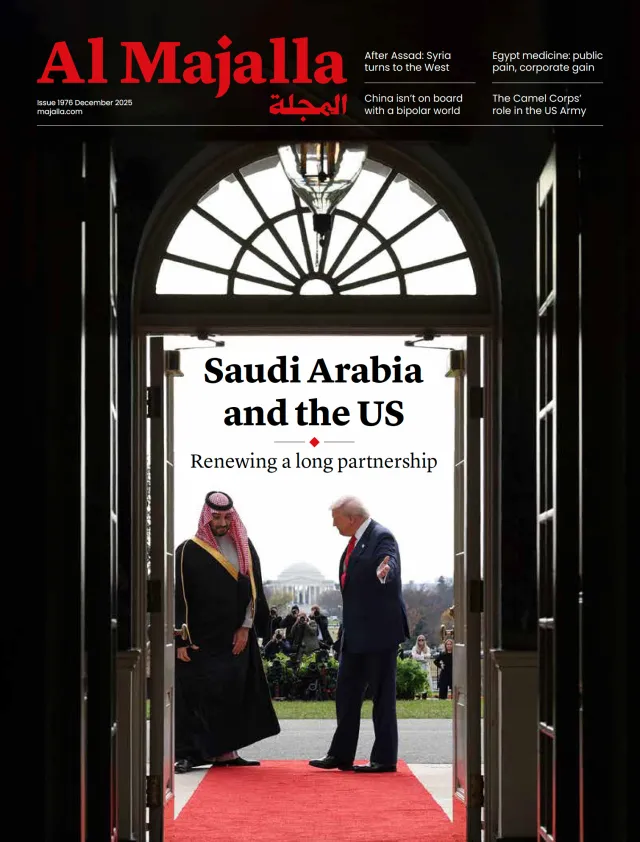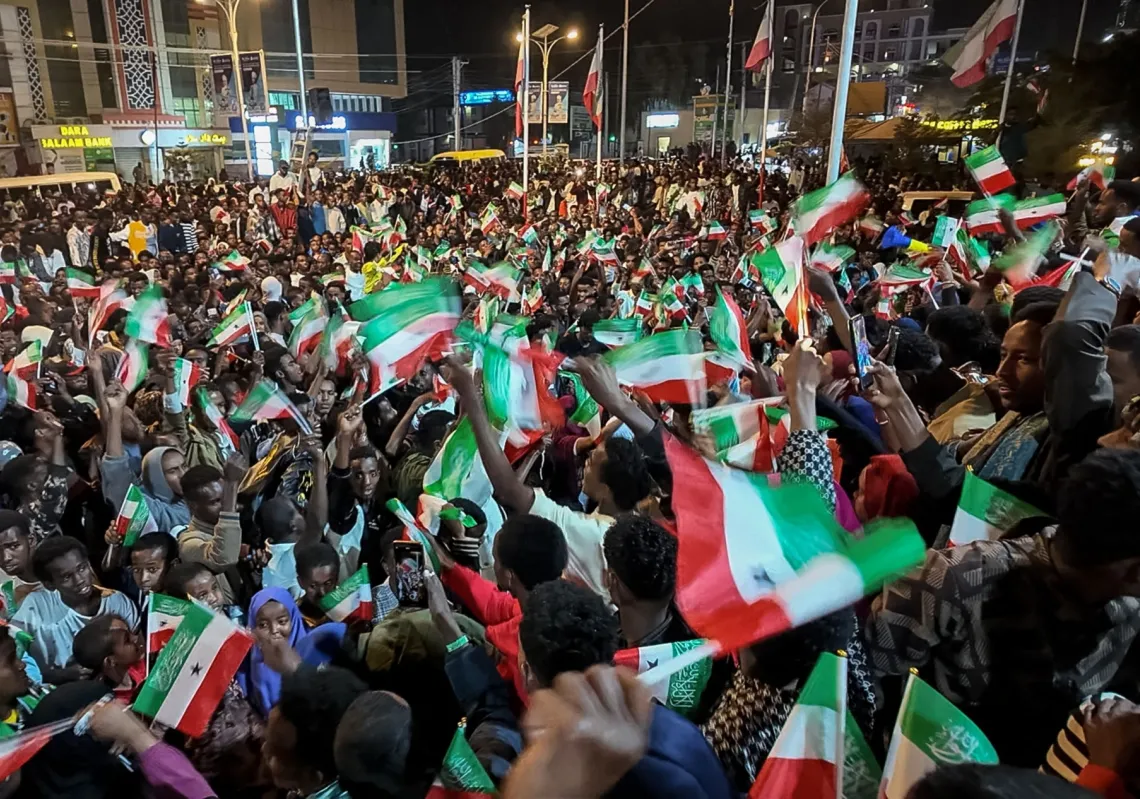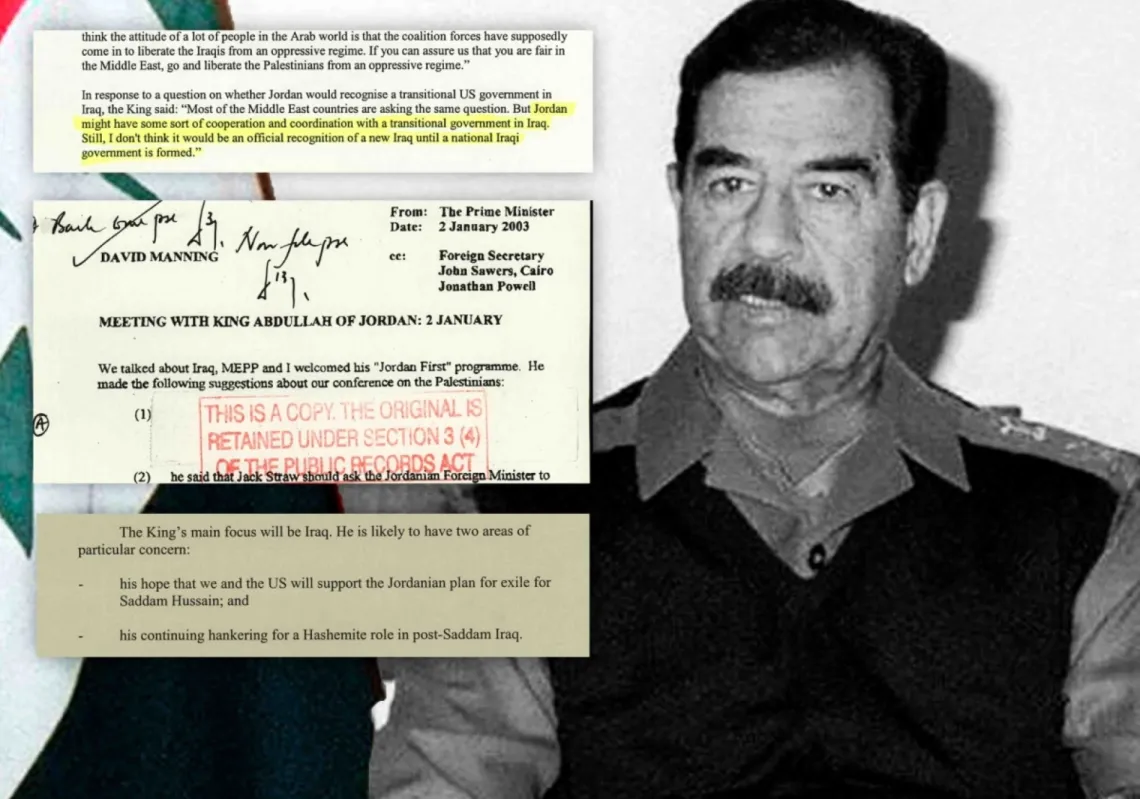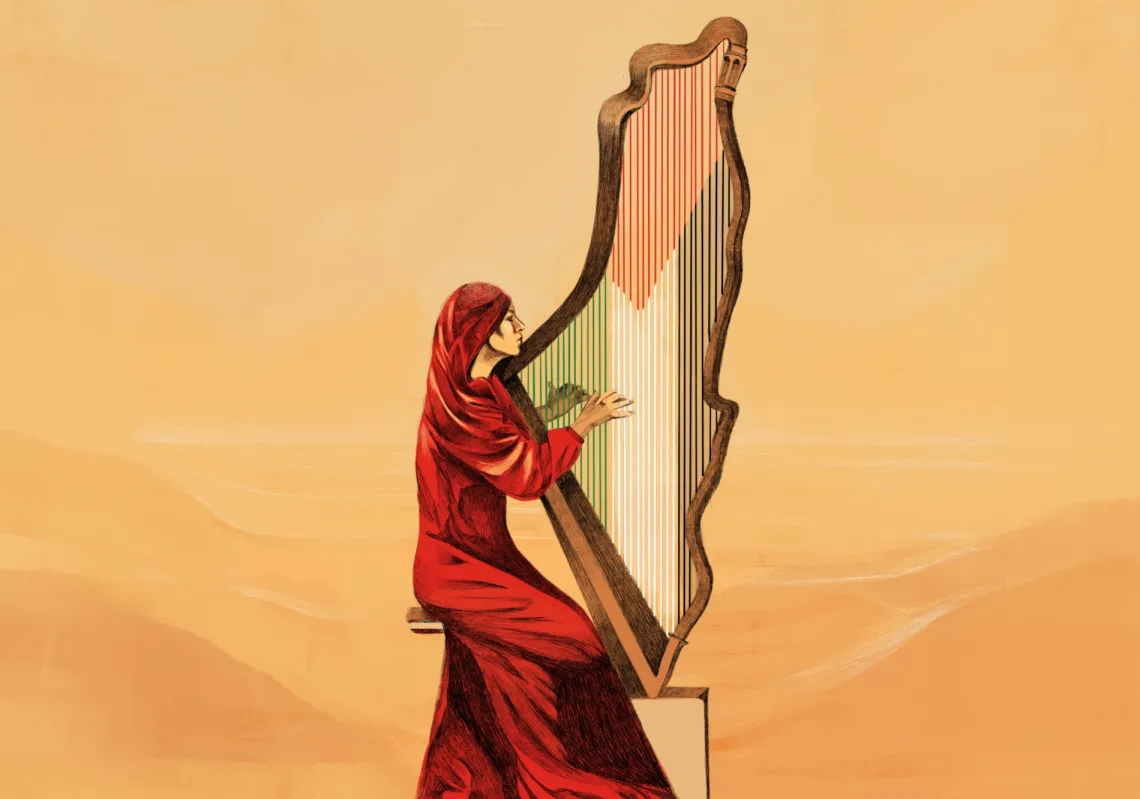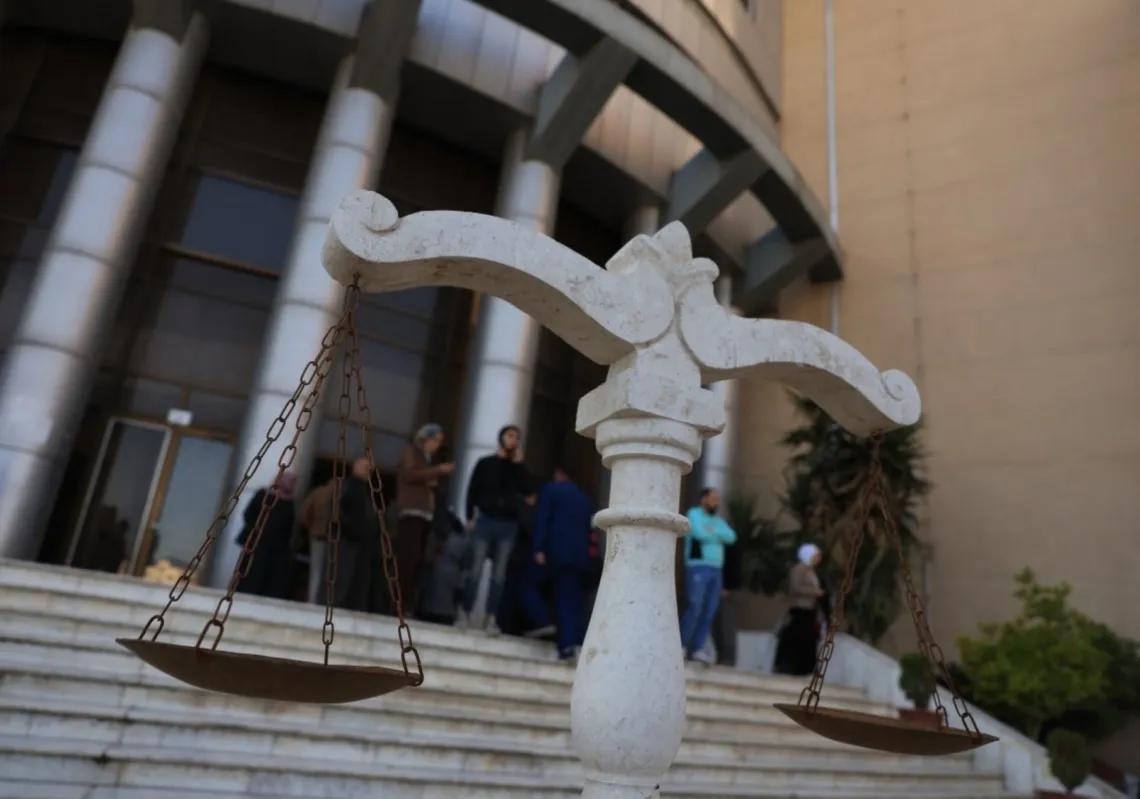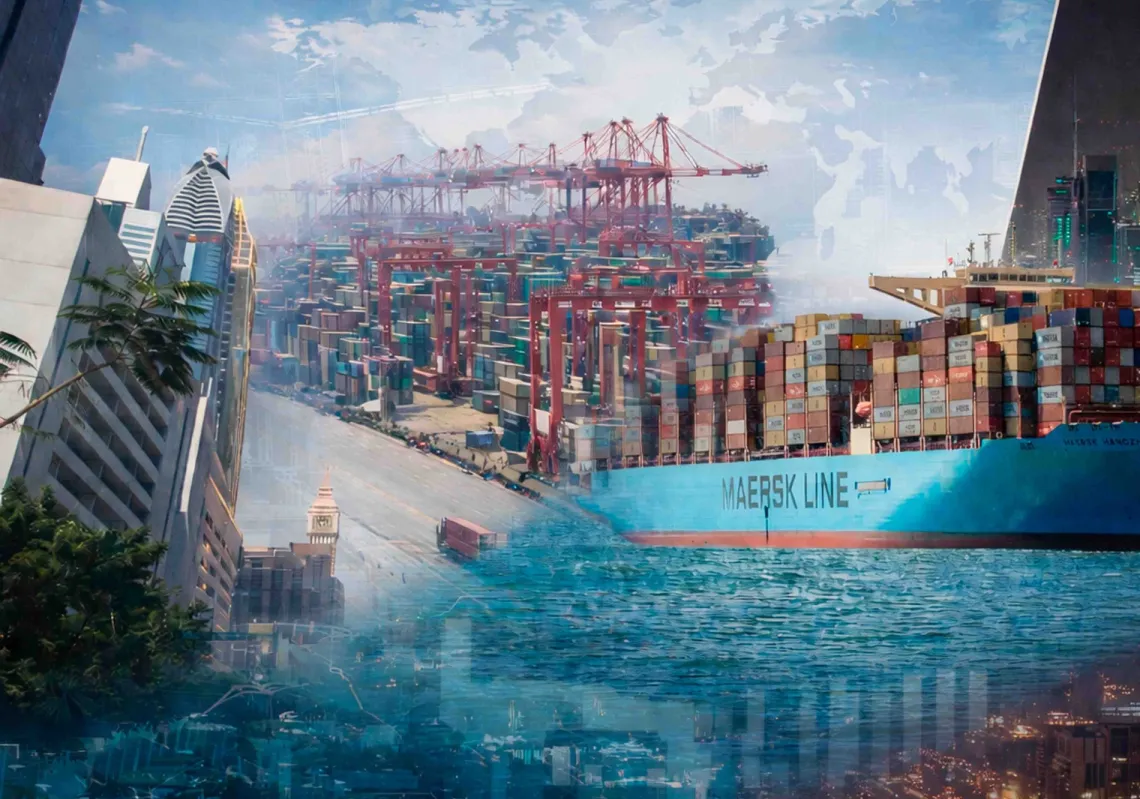Ethiopian Prime Minister Abiy Ahmed’s flamboyant announcement that the construction of his country’s Blue Nile dam has impressed nobody in Egypt. Likewise, his invitation for Egyptians to attend the official opening event has been seen as bad taste at best, baiting at worst.
The Grand Ethiopian Renaissance Dam (GERD) has been under construction since 2011 and has been producing electricity since 2022. Before the dam’s hydroelectric power came on tap, around 60% of Ethiopians had no electricity supply. Abiy says it will pull millions out of poverty.
Constructed on the Blue Nile, which is the main tributary of the Nile River, the $4bn GERD is 1,800 metres long and 145m high, with a reservoir the size of Greater London that can hold around 74 billion cubic metres of water. It could give Ethiopia up to 6,000 megawatts, roughly double its current output, making the country a net electricity exporter.
None of this reassures 105 million anxious Egyptians, who rely on the Nile for nearly all their freshwater. Yet even before the dam, it was not enough. With an annual share of 55.5 billion cubic metres from the Nile and annual needs of over 105 billion cubic metres, Egypt was already water-poor.
No threat, honest
Abiy, who has buy-in from upstream nations like Uganda, tried to reassure both Egypt and Sudan, which shares Cairo’s concerns. Announcing the dam’s completion, he said: “To our neighbours downstream, Egypt and Sudan, our message is clear: the Renaissance Dam is not a threat, but a shared opportunity.”
Yet to Egypt—which US President Donald Trump said in 2020 had threatened to bomb it—a threat is exactly what the dam is. Although the water may flow downstream in the good times, Egyptians worry that in the event of a drought, Ethiopia will turn the taps off. Even a 2% loss of water could cost Egypt 200,000 acres of irrigated agricultural land.

